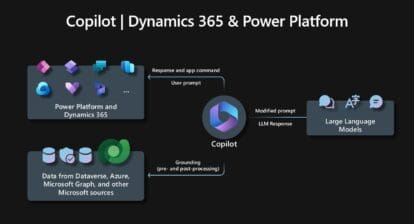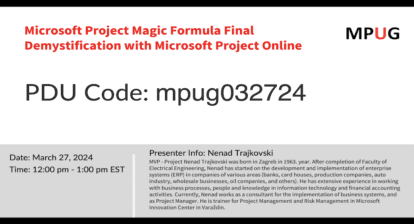Earned Value Management (EVM) operates on a fascinating principle: by examining the past, we can better manage the future. It offers a lens through which we assess how past performances can inform future actions, provided we maintain the same trajectory. Have we been on schedule? Have costs been managed efficiently? Are there observable trends, and if so, are they favorable or unfavorable?
The fundamental idea is to decipher if there have been any significant variances. If such variances exist, it’s crucial to understand their root causes. The subsequent step then is to identify potential corrective actions to remedy these disparities. In essence, EVM acts as a diagnostic tool, not a solution in and of itself. It highlights issues, allowing project managers to intervene promptly.
Case Study: The XYZ Project
To truly grasp the nuances of EVM, let’s dive into a practical example: the XYZ project.
In the XYZ project, three critical lines come into play:
- Plan Value (PV) or Budget at Completion (BAC): Represents the total budget for the project, which is $4.9 million in this case. By the 12th month, the expected expenditure or planned value was set at $3.8 million.
- Actual Cost (AC): The actual amount spent on the project, which, by the end of the 12th month, was $3.2 million.
- Earned Value (EV): The value of work actually completed, which was $2.7 million.

The story these numbers tell is intriguing. There’s a $500,000 cost overrun, and we’re $1.1 million behind schedule. In terms of time, we’re looking at a delay of approximately seven and a half months.
If we were to extrapolate these findings, the prospects for completing the XYZ project on time and within budget appear bleak. The overarching question becomes: how did we get to this point? More importantly, could early intervention have changed the trajectory?
Interpreting the Trends
In the early stages of the XYZ project, the AC and EV were relatively close, suggesting that costs were in alignment with the value of the work done. However, there was a glaring disparity when it came to PV. Despite spending and earning value efficiently, the project was already behind its planned schedule. This gap between PV and EV is what we refer to as ‘schedule variance’.
As time progressed, this variance only became more pronounced. By the third month, the AC and EV lines started to drift apart. Ideally, this is when the alarms should have been sounding. The trend indicated that as each month passed, the project was veering off its intended path.
Implications and Interventions
If such anomalies aren’t addressed promptly, a project can find itself in a precarious situation, much like the XYZ project did. Rectifying such extensive variances late into the timeline can be a Herculean task. Often, in government contracts, a project that strays this far might face stop-work orders. In the commercial space, such a product might be deemed unviable and terminated.
The Heart of Earned Value Management
Earned Value Management essentially provides a roadmap. By comparing the planned value (PV) with the earned value (EV) and juxtaposing it with the actual costs (AC), it allows for real-time assessment of a project’s health.
To summarize, EVM’s value is multifold:
- Diagnostics: It serves as an early warning system, pinpointing issues before they balloon into insurmountable problems.
- Course Correction: By identifying variances early, corrective measures can be implemented to bring the project back on track.
- Future Planning: The trends and insights derived can inform future projects, leading to more accurate planning and execution.
In the dynamic world of project management, EVM isn’t just a tool; it’s a compass, continually pointing towards the path of efficiency, efficacy, and excellence.
This article contains highlights from Fletcher Hearns’s webinar – 1 of 3: Earned Value Management – being provided by MPUG for the convenience of our members. You may wish to use this transcript for the purposes of self-paced learning, searching for specific information, and/or performing a quick review of webinar content. There may be exclusions, such as those steps included in product demonstrations, or there may be additions to expand on concepts. You may watch the on-demand recording of this webinar at your convenience.
Elevate your project management skills and propel your career forward with an MPUG Membership. Gain access to 500+ hours of PMI-accredited training, live events, and a vibrant online community. Watch a free lesson and see how MPUG can teach you to Master Projects for Unlimited Growth. JOIN NOW







